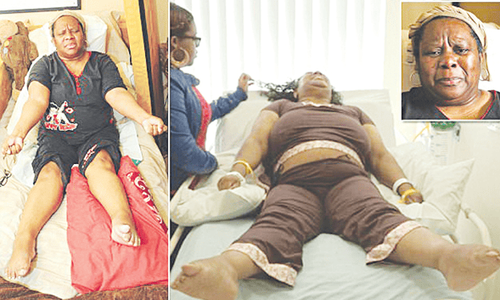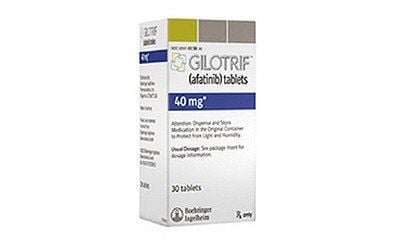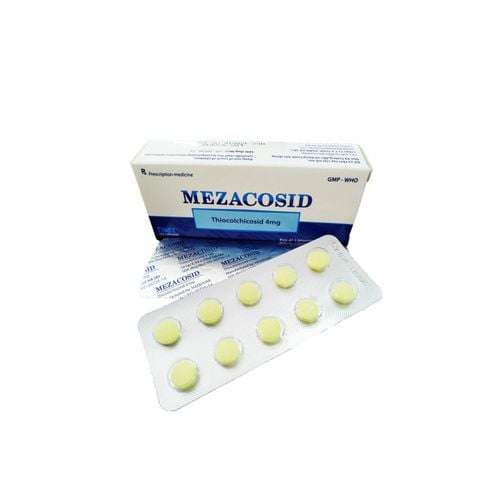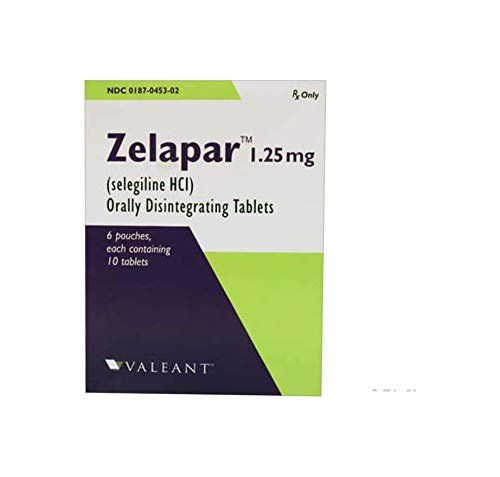This is an automatically translated article.
The article is written by Master, Doctor Nguyen Thi Minh Phuong - Doctor of Neurology - Neurology, Department of General Internal Medicine, Vinmec Times City International Hospital.
Stiff man syndrome is a very rare autoimmune related movement disorder affecting the central nervous system (brain or spinal cord). The specific symptom of the syndrome is the spasticity of the axial muscles of the trunk such as the back, abdominal muscles, gradually leading to stiffness in the legs and other muscles of the body such as respiratory muscles, facial muscles...
1. What is stiff person syndrome?
Stiff person syndrome was first fully described by Moersch-Woltman in 1956, hence also known as Moersch-Woltman syndrome. Muscle spasticity can occur spontaneously, or in the presence of unexpected stimuli such as noise, psychological stress, movement, or touch. Over time, tight muscles can lead to changes in gait, changes in the shape of the spine such as hunchback or hunchback, even making the patient unable to walk.
Stiff person syndrome is a very rare neurological disorder, occurring only with an incidence of 1: 1000 000, in which the number of patients is 2 times more common in women than in men. The syndrome can occur at any age, but is most common between the ages of 30 and 60. Diseases commonly associated with stiff man syndrome include:
Type I diabetes Autoimmune thyroiditis Vitiligo Pernicious anemia Certain types of cancer such as lung, breast, kidney, thyroid or Hodgkin's disease
2. Causes of stiff person syndrome
Researchers do not currently know the exact cause of stiff person syndrome. They believe that this syndrome has an autoimmune cause, which means that the patient's body has antibodies against the enzyme glutamic acid decarboxylase (GAD). GAD is involved in the production of the neurotransmitter GABA, a substance that controls muscle movement. Anti-GAD antibodies thus decrease GABA levels at synapses, and are thought to be responsible for muscle spasticity. However, the true role of anti-GAD antibodies in stiff-man syndrome is not well understood. In fact, there are still people with stiff man syndrome but no anti-GAD antibodies detected, or conversely, patients with anti-GAD antibodies in the blood but no symptoms of stiff person syndrome.

Nguyên nhân gây hội chứng người cứng có thể do tự miễn
3. What are the symptoms of stiff person syndrome?
Symptoms of this syndrome can occur silently, slowly progressing over several months to several years. Initially, the trunk muscles and abdominal muscles contract, which can be intermittent, causing pain or discomfort for the patient. Over time, the muscles of the legs, shoulders, or even the face can become stiff. This prolonged muscle stiffness leads to hunchback or lumbar arching. Leg muscle spasticity can make it difficult for the patient to walk or even be in a wheelchair.
Along with muscle contractions are painful muscle contractions. Contractions can come on suddenly, or in the presence of triggers such as noise, limb movement, touch, or emotion. The patient may appear startled, or jerk the leg, possibly falling. Muscle contractions last seconds, minutes, or even hours. Sometimes the muscle spasm can be strong enough to cause a fracture.
Stiff person syndrome can manifest in many different clinical forms. Classical stiff person syndrome (Classic SPS): The initial symptom is usually pain, discomfort, and stiffness in the lumbar region. As the disease progresses, it causes stiffness in the leg muscles, usually on one side, or spasticity in the muscles of the shoulder and neck. Patients appear to have painful muscle contractions, which occur spontaneously or when there are unexpected stimuli such as knocks, voices, touching the patient or when there is psychological stress. The frequency of contractions decreases while the patient sleeps. Because of difficulty walking or a fear of falling, people with stiff body syndrome often have anxiety, panic, or depressive disorders. When the respiratory muscles are stiff, the person may experience shortness of breath, even respiratory failure. There have been reports of patients presenting with paroxysmal autonomic dysfunction, causing fever, tachycardia, tachypnea, increased blood pressure, and profuse sweating. Focal SPS: Also known as Stiff-limb syndrome. Stiffness with muscle contractions is the same as classic, but localized to only one limb, usually the leg. Gradually the stiffness can spread to the other leg and make it difficult to walk. Jerking SPS: Muscle stiffness and spasms often occur in the legs. In addition, the patient may have additional brainstem symptoms, manifested by myoclonus (Myoclonus). Progressive encephalomyelitis with rigidity and myoclonus (PERM): PERM is characterized by classic muscle stiffness and pain. However, the onset and progression is more rapid, often within a few weeks, with manifestations such as dizziness, loss of balance, difficulty speaking, dysphagia, or ophthalmoplegia. Paraneoplastic-related SPS: A very rare form of cancer, especially lung or breast cancer. Stiffness and spasms can appear years before the cancer is discovered.
4. Diagnosis of hard man syndrome
Stiff person syndrome was diagnosed based on the criteria outlined by Dalakas, including clinical symptoms, blood tests, electromyography, and response to medication.
Blood tests: About 60-80% of patients with stiff man syndrome have the presence of anti-GAD antibodies in the blood. In addition, anti-amphiphysin or anti-gephyrin antibodies may be found. Electromyography: Look for signs of simultaneous contraction of agonist and antagonist muscles. This muscle contraction is reduced or eliminated with high doses of Bezodiazepam. CSF: Anti-amphiphysin antibodies can be seen and to rule out other causes.
5. How to treat stiff person syndrome?
The goals of treatment for stiff person syndrome are to reduce symptoms and improve mobility.
Medications used may include:
Benzodiazepam drugs such as diazepam or clonazepam. Muscle relaxants such as baclofen. Antiepileptic drugs such as Depakin, Neurontin,... Steroid drugs Other methods such as intravenous immunoglobin, plasmapheresis, or Rituximab. Combination therapy, massage If cancer is detected, besides treating symptoms, it is also necessary to combine cancer treatment.

Bệnh nhân mắc hội chứng SPS được kê đơn một số thuốc
6. Complications of stiff person syndrome
Stiff person syndrome causes muscle stiffness and painful muscle contractions. So complications can occur such as broken bones, frequent falls, depression, shortness of breath or excessive sweating.
7. What is the prognosis for people with stiff person syndrome?
Prognosis depends on the symptoms of each patient. Usually over time, the patient may find it increasingly difficult to walk and perform daily activities. Various treatments may relieve symptoms in some patients. Patients and families should be alert to the risk of falls and fractures for the patient. Some patients may require assistance with walking, or even in a wheelchair.
Please dial HOTLINE for more information or register for an appointment HERE. Download MyVinmec app to make appointments faster and to manage your bookings easily.













